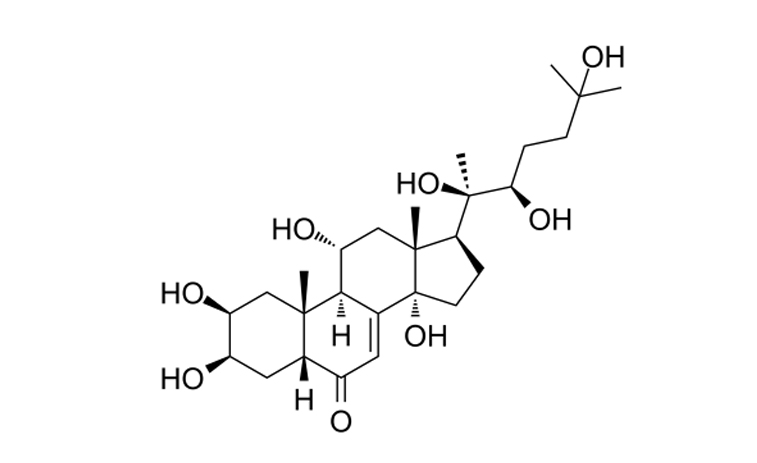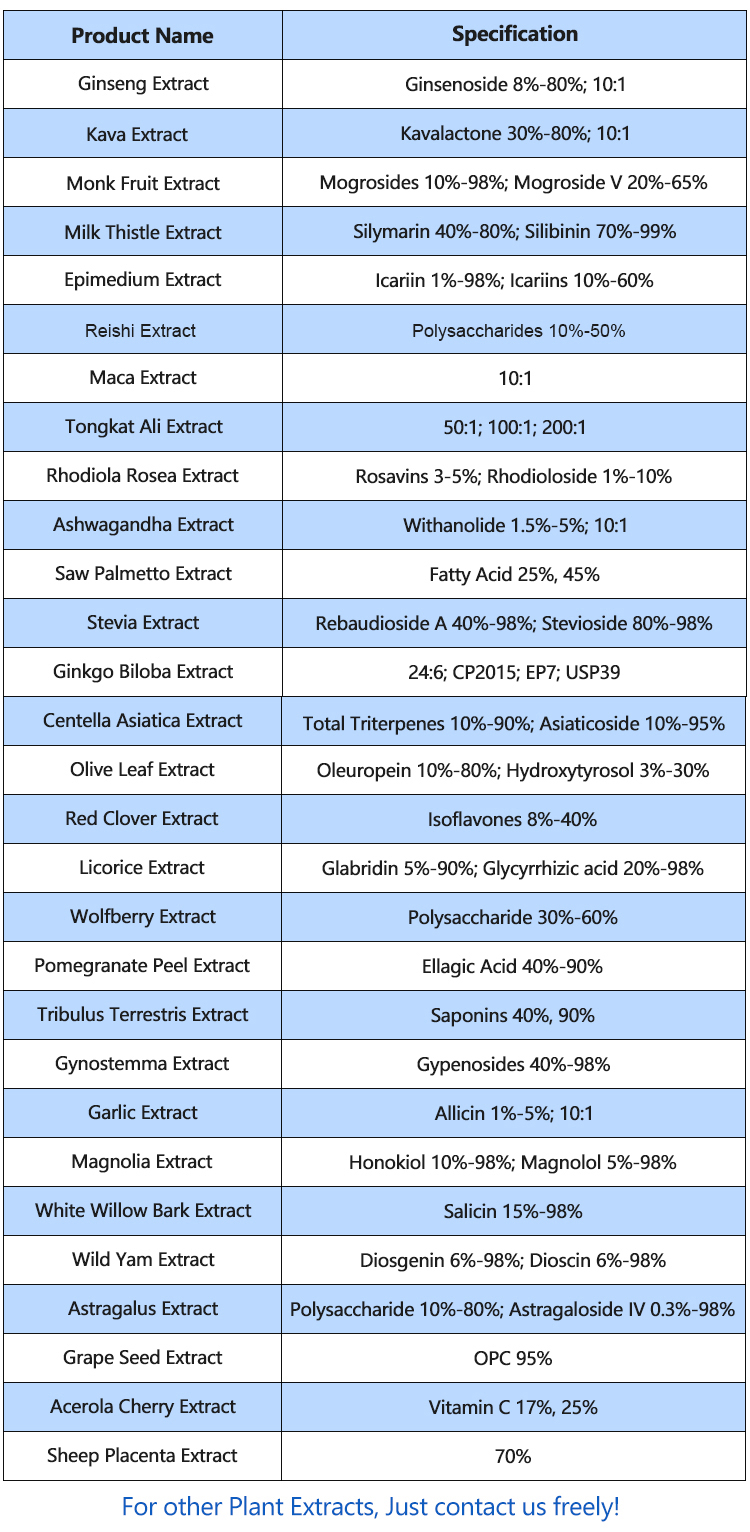Turkesterone is a compound found in plants, particularly in the Ajuga turkestanica plant. It is a type of ecdysteroid, which is a group of compounds that play a role in insect development and are also found in some plants. Here is some information about the chemical structure and physical properties of Turkesterone:
Chemical Structure of Turkesterone:
The chemical structure of Turkesterone is a type of ecdysteroid, which is a derivative of cholesterol. It has a complex structure with multiple rings. The specific structure of Turkesterone involves a steroidal nucleus with side chains and functional groups.

Physical Properties of Turkesterone:
1.State: Turkesterone is typically found in a solid state.
2.Solubility: It is sparingly soluble in water but more soluble in organic solvents like ethanol.
3.Melting Point: The melting point of Turkesterone can vary, but it is generally in the range of 245-255°C.
4.Molecular Weight: The molecular weight of Turkesterone is approximately 480 g/mol.
5.Biological Activity: Turkesterone is known for its potential bioactivity, and it is often studied for its effects on insect development. In recent years, there has been interest in its potential benefits for human health, particularly in the context of sports and exercise, but further research is needed to fully understand its effects.
It’s important to note that research on Turkesterone is ongoing, and while there is some evidence suggesting potential benefits, more studies are needed to establish its efficacy and safety in various applications. Additionally, the chemical and physical properties may vary slightly based on the source and extraction methods.
Adverse effects of Turkesterone
Turkesterone is a compound found in certain plants, particularly in the Ajuga turkestanica plant. It is often marketed as a natural alternative to anabolic steroids and is claimed to have various health benefits, including muscle growth and performance enhancement. However, it’s essential to note that the scientific evidence supporting these claims is limited, and the safety of Turkesterone is not well-established.

As of my last knowledge update in January 2022, there isn’t a comprehensive body of research on the adverse effects of Turkesterone in humans. It’s crucial to be cautious when using any supplement that lacks sufficient scientific backing, as there may be potential risks and unknown side effects.
If you are considering using Turkesterone or any other supplement, it’s advisable to consult with a healthcare professional before doing so. They can provide personalized advice based on your health status and help you make informed decisions about supplementation.
Keep in mind that my information might be outdated, and there could be new research or developments on this topic since my last update.
